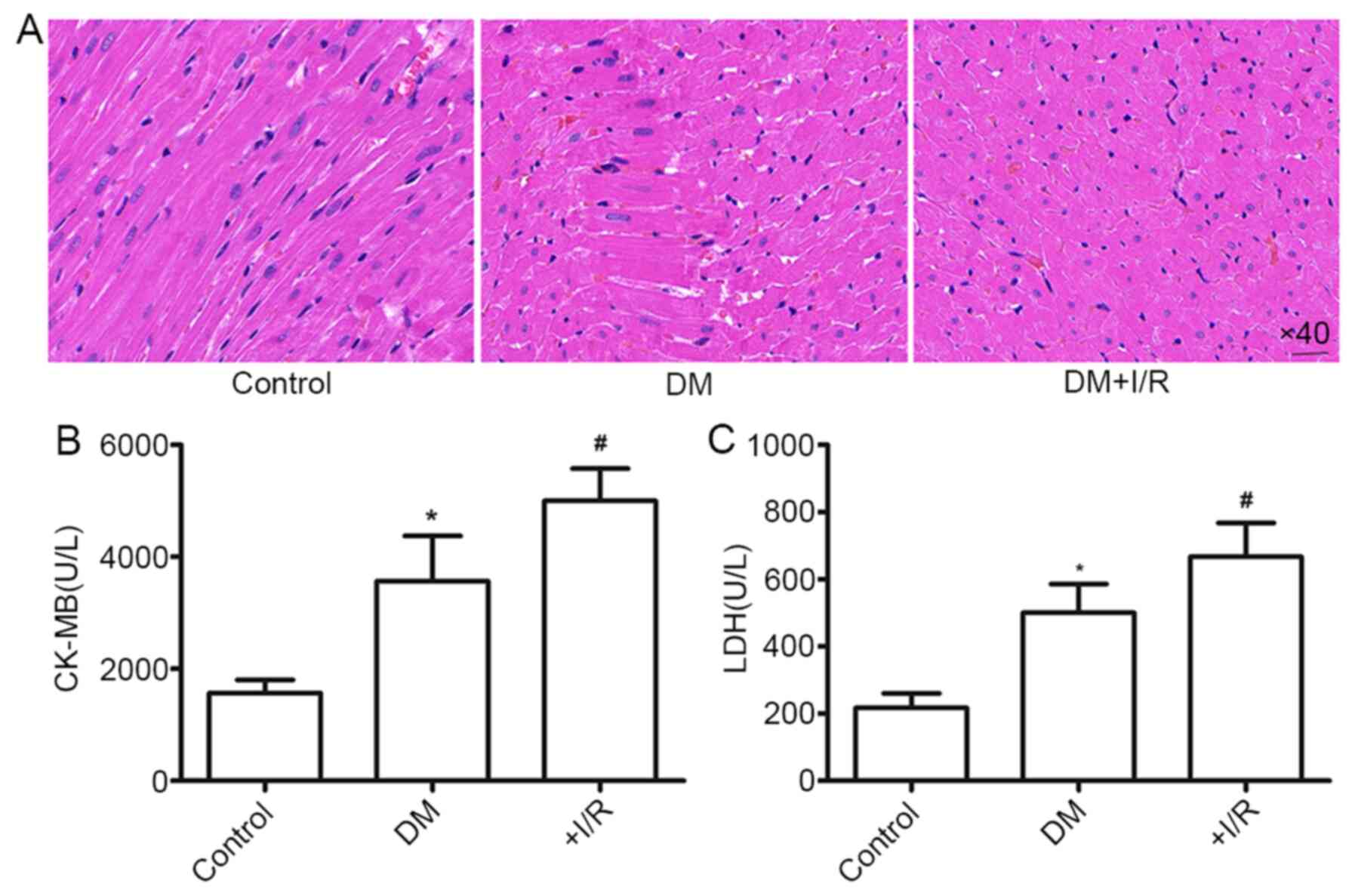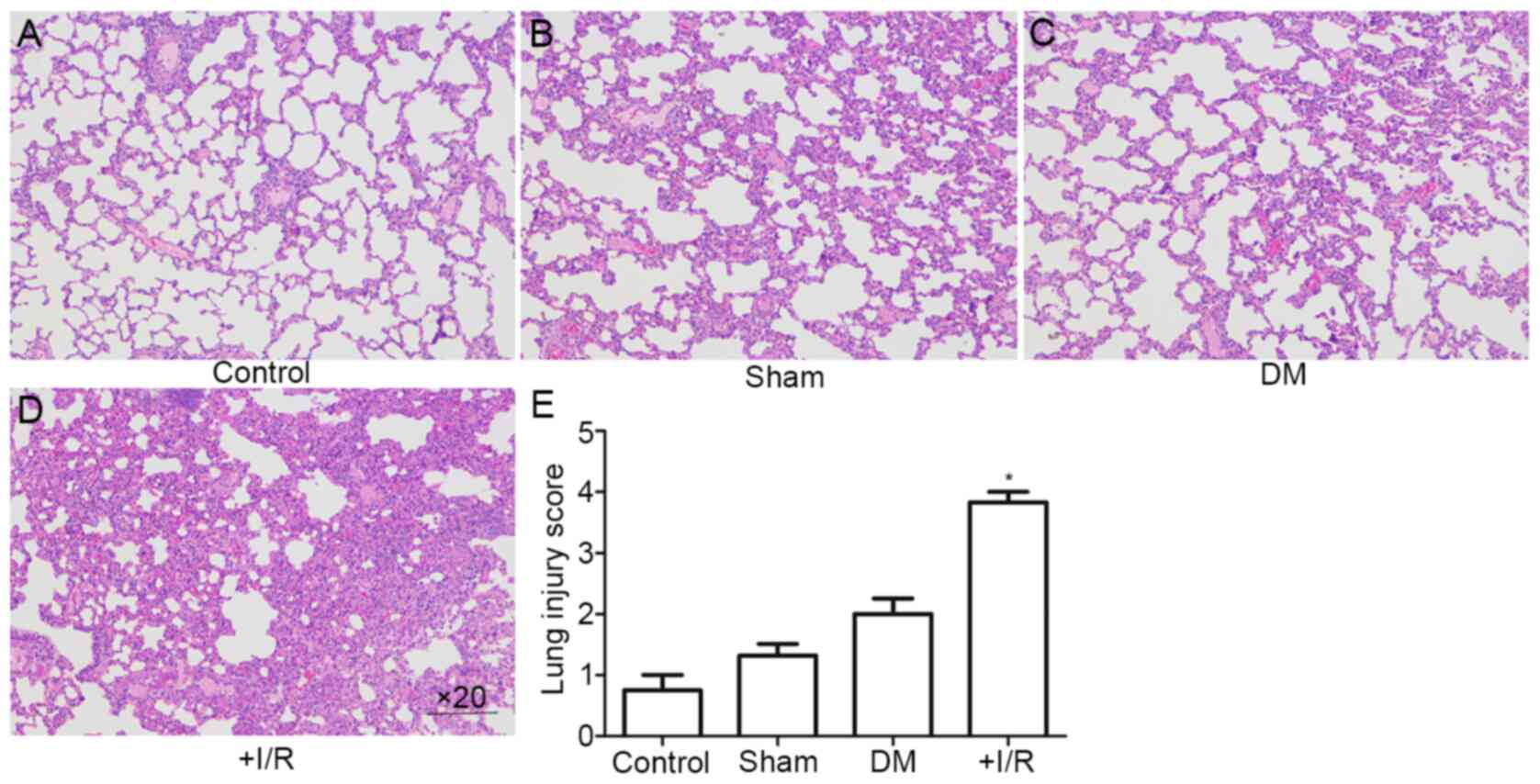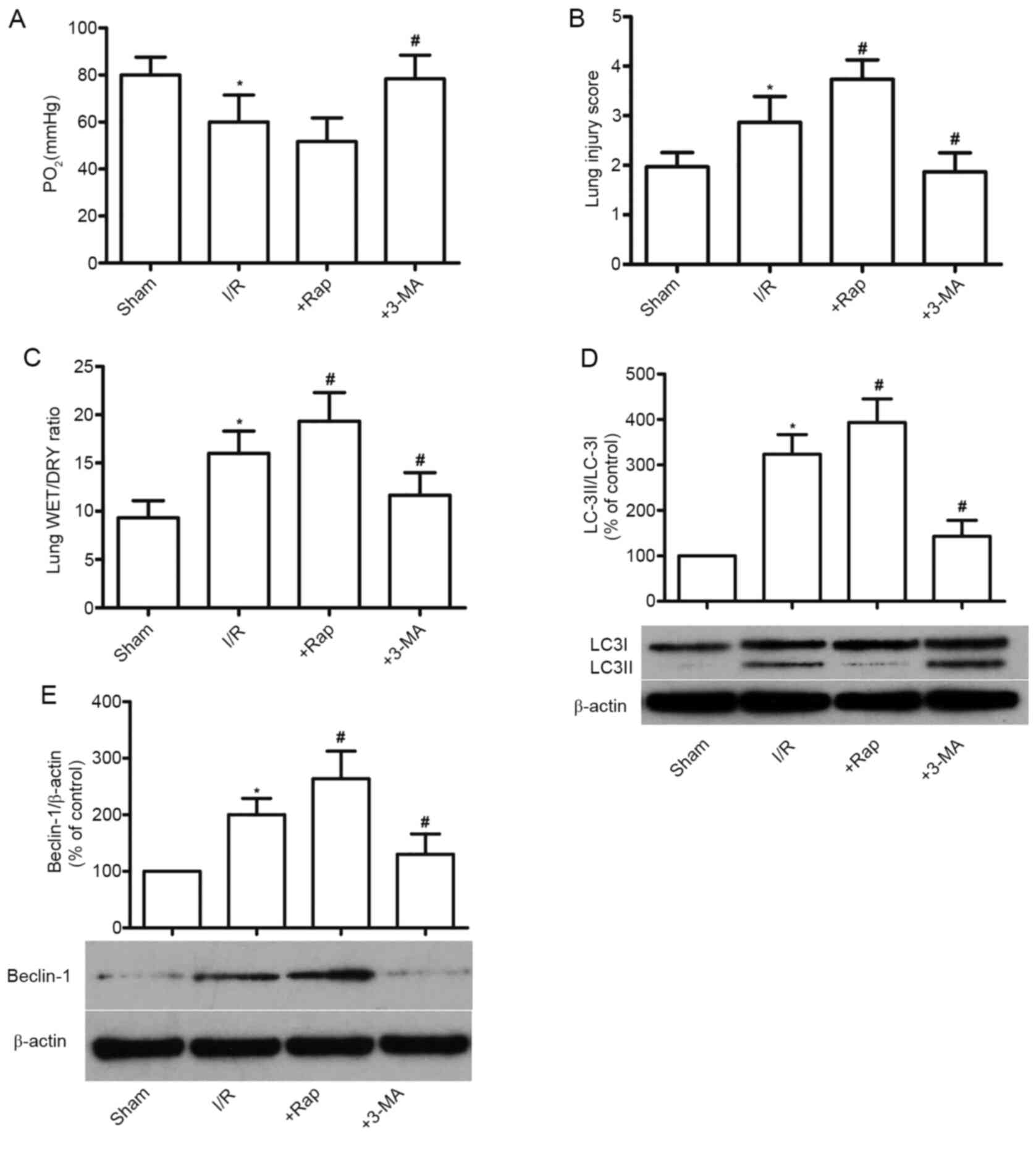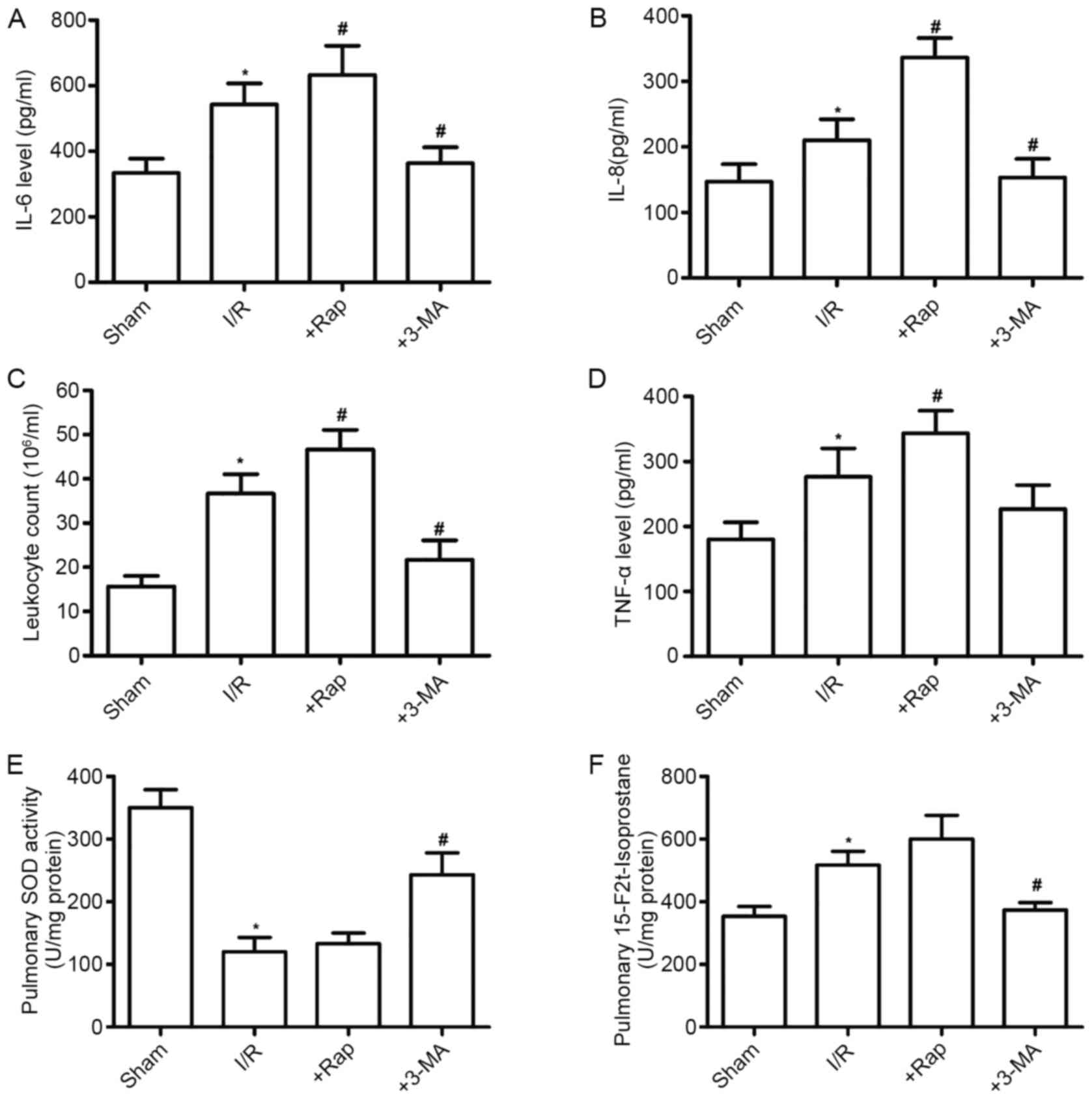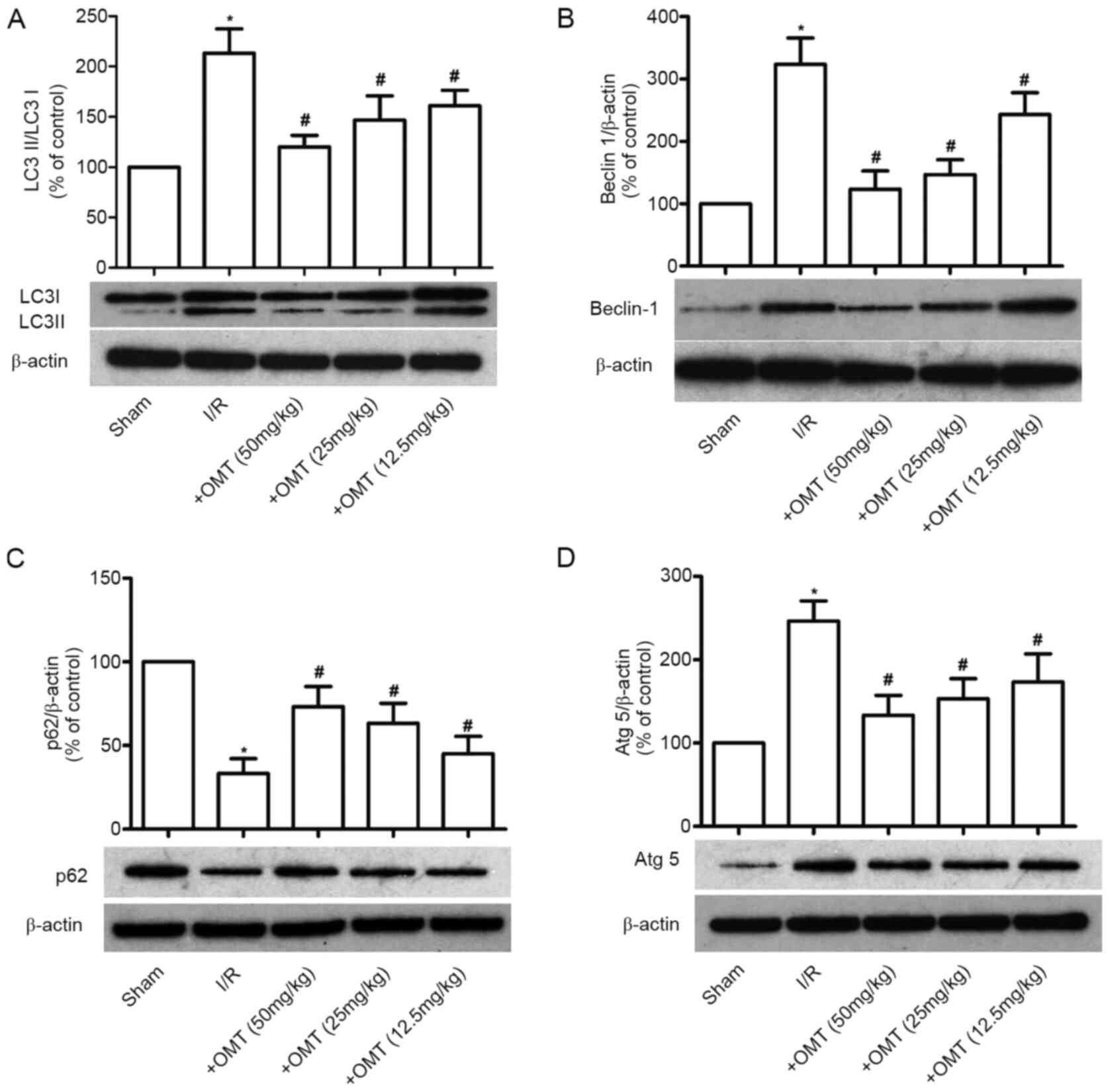|
1
|
Gregg EW, Sattar N and Ali MK: The
changing face of diabetes complications. Lancet Diabetes
Endocrinol. 4:537–547. 2016. View Article : Google Scholar : PubMed/NCBI
|
|
2
|
Pitocco D, Fuso L, Conte EG, Zaccardi F,
Condoluci C, Scavone G, Incalzi RA and Ghirlanda G: The diabetic
lung-a new target organ? Rev Diabet Stud. 9:23–35. 2012. View Article : Google Scholar : PubMed/NCBI
|
|
3
|
Anhê FF, Roy D, Pilon G, Dudonné S,
Matamoros S, Varin TV, Garofalo C, Moine Q, Desjardins Y, Levy E
and Marette A: A polyphenol-rich cranberry extract protects from
diet-induced obesity, insulin resistance and intestinal
inflammation in association with increased Akkermansia spp.
population in the gut microbiota of mice. Gut. 64:872–883. 2015.
View Article : Google Scholar : PubMed/NCBI
|
|
4
|
Khateeb J, Fuchs E and Khamaisi M:
Diabetes and lung disease: A neglected relationship. Rev Diabet
Stud. 15:1–15. 2019. View Article : Google Scholar : PubMed/NCBI
|
|
5
|
Yeh F, Dixon AE, Marion S, Schaefer C,
Zhang Y, Best LG, Calhoun D, Rhoades ER and Lee ET: Obesity in
adults is associated with reduced lung function in metabolic
syndrome and diabetes: The strong heart study. Diabetes Care.
34:2306–2313. 2011. View Article : Google Scholar : PubMed/NCBI
|
|
6
|
Li K, Li M, Li W, Yu H, Sun X, Zhang Q, Li
Y, Li X, Li Y, Abel ED, et al: Airway epithelial regeneration
requires autophagy and glucose metabolism. Cell Death Dis.
10:8752019. View Article : Google Scholar : PubMed/NCBI
|
|
7
|
Zhan L, Zhang Y, Su W, Zhang Q, Chen R,
Zhao B, Li W, Xue R, Xia Z and Lei S: The roles of autophagy in
acute lung injury induced by myocardial ischemia reperfusion in
diabetic rats. J Diabetes Res. 2018:50475262018. View Article : Google Scholar : PubMed/NCBI
|
|
8
|
Wang Y, Ji M, Chen L, Wu X and Wang L:
Breviscapine reduces acute lung injury induced by left heart
ischemic reperfusion in rats by inhibiting the expression of ICAM-1
and IL-18. Exp Ther Med. 6:1322–1326. 2013. View Article : Google Scholar : PubMed/NCBI
|
|
9
|
Zhang W, Guo Y, Yu S, Wei J and Jin J:
Effects of edaravone on the expression of β-defensin-2 mRNA in lung
tissue of rats with myocardial ischemia reperfusion. Mol Med Rep.
7:1683–1687. 2013. View Article : Google Scholar : PubMed/NCBI
|
|
10
|
Alkan M, Celik A, Bilge M, Kiraz HA, Kip
G, Ozer A, Sivgin V, Erdem O, Arslan M and Kavutcu M: The effect of
levosimend an on lung damage after myocardial ischemia reperfusion
in rats in which experimental diabetes was induced. J Surg Res.
193:920–925. 2015. View Article : Google Scholar : PubMed/NCBI
|
|
11
|
Yamamoto S, Kazama JJ and Fukagawa M:
Autophagy: A two edged swordin diabetes mellitus. Biochem J.
456:e1–e3. 2013. View Article : Google Scholar : PubMed/NCBI
|
|
12
|
Gao S, Jia JY, Yan TK, Yu YM, Shang WY,
Wei L, Zheng ZF, Fang P, Chang BC and Lin S: Effects of ammonium
pyrrolidine dithiocarbamate (PDTC) on osteopontin expression and
autophagy in tubular cells in streptozotocin-induced diabetic
nephropathy rat. Zhonghua Yi Xue Za Zhi. 96:3590–3595. 2016.(In
Chinese). PubMed/NCBI
|
|
13
|
Zhang J, Wang JS, Zheng ZK, Tang J, Fan K,
Guo H and Wang JJ: Participation of autophagy in lung
ischemia-reperfusion injury in vivo. J Surg Res. 182:e79–e87. 2013.
View Article : Google Scholar : PubMed/NCBI
|
|
14
|
Zhang D, Li C, Zhou J, Song Y, Fang X, Ou
J, Li J and Bai C: Autophagy protects against
ischemia/reperfusion-induced lung injury through alleviating
blood-air barrier damage. J Heart Lung Transplant. 34:746–755.
2015. View Article : Google Scholar : PubMed/NCBI
|
|
15
|
Hong-Li S, Lei L, Lei S, Dan Z, De-Li D,
Guo-Fen Q, Yan L, Wen-Feng C and Bao-Feng Y: Cardioprotective
effects and underlying mechanisms of oxymatrine against ischemic
myocardial injuries of rats. Phytother Res. 22:985–989. 2008.
View Article : Google Scholar : PubMed/NCBI
|
|
16
|
Xiao TT, Wang YY, Zhang Y, Bai CH and Shen
XC: Similar to spironolactone, oxymatrine is protective in
aldosterone-induced cardiomyocyte injury via inhibition of calpain
and apoptosis-inducing factor signaling. PLoS One. 9:e888562014.
View Article : Google Scholar : PubMed/NCBI
|
|
17
|
Li RS, Yu CL and Jin XZ: Effect of
oxymatrine on beating of cultured myocardial cells in vitro.
Zhongguo Yao Li Xue Bao. 10:530–532. 1989.(In Chinese). PubMed/NCBI
|
|
18
|
Institute of Laboratory Animal Resources
(US), . National Research Council. National Academy Press;
Washington, DC: 1996
|
|
19
|
Liu R, Fang X, Meng C, Xing J, Liu J, Yang
W, Li W and Zhou H: Lung inflation with hydrogen during the cold
ischemia phase decreases lung graft injury in rats. Exp Biol Med
(Maywood). 240:1214–1222. 2015. View Article : Google Scholar : PubMed/NCBI
|
|
20
|
Kuma A, Komatsu M and Mizushima N:
Autophagy-monitoring and autophagy-deficient mice. Autophagy.
13:1619–1628. 2017. View Article : Google Scholar : PubMed/NCBI
|
|
21
|
Di Marco E, Jha JC, Sharma A,
Wilkinson-Berka JL, Jandeleit-Dahm KA and de Haan JB: Are reactive
oxygen species still the basis for diabetic complications? Clin Sci
(Lond). 129:199–216. 2015. View Article : Google Scholar : PubMed/NCBI
|
|
22
|
Liu J, Li S and Sun D: Calcium dobesilate
and micro-vascular diseases. Life Sci. 221:348–353. 2019.
View Article : Google Scholar : PubMed/NCBI
|
|
23
|
Flemming NB, Gallo LA, Ward MS and Forbes
JM: Tapping into mitochondria to find novel targets for diabetes
complications. Curr Drug Targets. 17:1341–1349. 2016. View Article : Google Scholar : PubMed/NCBI
|
|
24
|
Tai H, Wang MY, Zhao YP, Li LB, Jiang XL,
Dong Z, Lv XN, Liu J, Dong QY, Liu XG and Kuang JS: Pulmonary
function and retrobulbar hemodynamics in subjects with type 2
diabetes mellitus. Respir Care. 62:602–614. 2017. View Article : Google Scholar : PubMed/NCBI
|
|
25
|
Strojek K, Raz I, Jermendy G, Gitt AK, Liu
R, Zhang Q, Jacober SJ and Milicevic Z: Factors associated with
cardiovascular events in patients with type 2 diabetes and acute
myocardial infarction. J Clin Endocrinol Metab. 101:243–253. 2016.
View Article : Google Scholar : PubMed/NCBI
|
|
26
|
Barbarash O, Gruzdeva O, Uchasova E, Belik
E, Dyleva Y and Karetnikova V: Biochemical markers of type 2
diabetes as a late complication of myocardial infarction: A
case-control study. Arch Med Sci. 13:311–320. 2017. View Article : Google Scholar : PubMed/NCBI
|
|
27
|
Khatib D, Boettcher BT, Freed JK and Pagel
PS: Acute, severe pulmonary arterial hypertension during off-pump
coronary artery surgery: Is new myocardial ischemia, cardiac
repositioning, or external mitral valve compression the culprit? J
Cardiothorac Vasc Anesth. 30:1744–1747. 2016. View Article : Google Scholar : PubMed/NCBI
|
|
28
|
Evlakhov VI and Poiasov IZ: Pulmonary
hemodynamics following experimental myocardial ischemia after the
blockade of adrenergic receptors. Ross Fiziol Zh Im I M Sechenova.
101:44–53. 2015.(In Russian). PubMed/NCBI
|
|
29
|
Wang M, Verhaegh R, Tsagakis K, Brencher
L, Zwanziger D, Jakob HG, Groot H and Dohle DS: Impact of acute
intestinal ischemia and reperfusion injury on hemodynamics and
remote organs in a rat model. Thorac Cardiovasc Surg. 66:99–108.
2018. View Article : Google Scholar : PubMed/NCBI
|
|
30
|
Palladini G, Ferrigno A, Rizzo V,
Tarantola E, Bertone V, Freitas I, Perlini S, Richelmi P and
Vairetti M: Lung matrix metalloproteinase activation following
partial hepatic ischemia/reperfusion injury in rats.
ScientificWorldJournal. 2014:8675482014. View Article : Google Scholar : PubMed/NCBI
|
|
31
|
Luo W, Jin Y, Wu G, Zhu W, Qian Y, Zhang
Y, Li J, Zhu A and Liang G: Blockage of ROS and MAPKs-mediated
inflammation via restoring SIRT1 by a new compound LF10 prevents
type 1 diabetic cardiomyopathy. Toxicol Appl Pharmacol. 370:24–35.
2019. View Article : Google Scholar : PubMed/NCBI
|
|
32
|
Zhang F, Yang F, Zhao H and An Y: Curcumin
alleviates lung injury in diabetic rats by inhibiting nuclear
factor-κB pathway. Clin Exp Pharmacol Physiol. 42:956–963. 2015.
View Article : Google Scholar : PubMed/NCBI
|
|
33
|
Conklin DJ, Guo Y, Jagatheesan G, Kilfoil
PJ, Haberzettl P, Hill BG, Baba SP, Guo L, Wetzelberger K, Obal D,
et al: Genetic deficiency of glutathione S-transferase p increases
myocardialsensitivity to ischemia-reperfusion injury. Circ Res.
117:437–449. 2015. View Article : Google Scholar : PubMed/NCBI
|
|
34
|
Dehdashtian E, Mehrzadi S, Yousefi B,
Hosseinzadeh A, Reiter RJ, Safa M, Ghaznavi H and Naseripour M:
Diabetic retinopathy pathogenesis and the ameliorating effects of
melatonin; involvement of autophagy, inflammation and oxidative
stress. Life Sci. 193:20–33. 2018. View Article : Google Scholar : PubMed/NCBI
|
|
35
|
Montane J, Cadavez L and Novials A: Stress
and the inflammatory process: A major cause of pancreatic cell
death in type 2 diabetes. Diabetes Metab Syndr Obes. 7:25–34.
2014.PubMed/NCBI
|
|
36
|
Barlow AD and Thomas DC: Autophagy in
diabetes: β-cell dysfunction, insulin resistance, and
complications. DNA Cell Biol. 34:252–260. 2015. View Article : Google Scholar : PubMed/NCBI
|
|
37
|
Chen X, Wu JX, You XJ, Zhu HW, Wei JL and
Xu MY: Cold ischemia-induced autophagy in rat lung tissue. Mol Med
Rep. 11:2513–2519. 2015. View Article : Google Scholar : PubMed/NCBI
|















